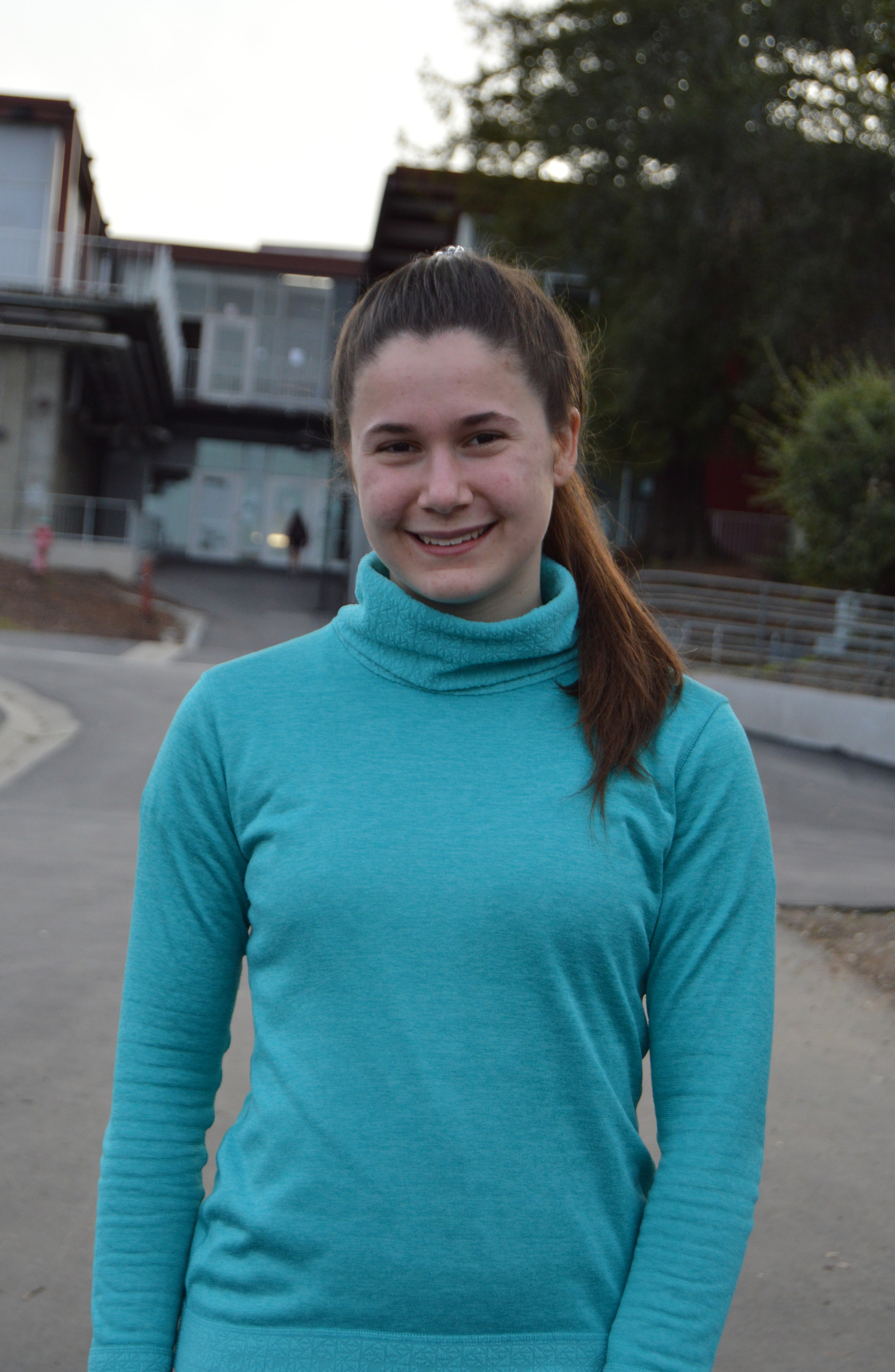
Barcelona is an artistically decorated cultural city located in the northeast of Spain. It is home to some of the world’s most creative architecture and art. Junior Gloria Marquez lived and studied in Barcelona for all her life up until 11th grade.
“I was offered an academic scholarship, and I really wanted to study abroad and improve my English skills, so I decided to come here to California,” Marquez said.
Ever since she was 12 years old, Marquez always knew she wanted to study abroad and expand her horizons by engaging in new experiences.
“I thought America was such a dream — a world of opportunities where you have everything and it’s always perfect,” she said.
In contrast to the original expectations Marquez held about becoming an American high schooler, some of the realities of being an exchange student — having to adapt to new people, new food and a new school — were not as ideal.

Marquez noticed major cultural differences in the two countries’ values and systems operated in a way that specifically affected her school day.
“We don’t have brunch [in Spain]. We just have a little pause of 30 minutes, which you can actually eat something if you want to. We have lunch at home … after 2:30 p.m.,” she said.
Spain practices a tradition called a “siesta,” which is typically a nap taken in the late afternoon after a large meal. While lunch in the United States is generally eaten around 12 p.m., lunch is eaten much later in Spain at around 2:30 p.m. and is considered one of the biggest meals and events of the day. Lunch is a much more social aspect of the day in Spain compared to the U.S., where lunch is often tightly packed into the school day. In Spain, stores and restaurants close; businesses take a break and schools temporarily dismiss their students.
In addition to the scheduling differences, the school systems differ in teaching and grading. In the United States, schools use the letter system, whereas in Barcelona, schools have a numbering system.
“We use a grading system from 1-10, which means that nine is an almost excellent grade, and 10 is a top one,” Marquez said. “Here, teachers try to teach students how to learn, and there in Spain they just teach students how to memorize.”
The structure of the classes is also different at Marquez’s school in Barcelona. Instead of the students moving from class to class, the teachers move while the students stay with the same classmates throughout the entire day. There are also 12 classes instead of seven, but the classes are divided to have six one day and six the next.
One of Marquez’s favorite classes is Biotechnology, which she didn’t know about until she came to California.
“In Biotechnology, we just start[ed] doing a lot of labs,” she said, “I love that because in Spain I didn’t do any labs before coming here, and I didn’t know what [a lab] was.”
Outside of academic classes, she also experiments with new extracurriculars, such as cheerleading which was not offered in Barcelona as an after school activity, according to Marquez.
“I saw some of the friends that I made were doing cheerleading, so I just decided to join the cheerleading team,” Marquez said. “That was one of the best experiences ever because I didn’t know what American football game [was]. I didn’t know how they were cheering or having such a great time all together as a team,” she said.
Despite the challenges that came with studying in a new country, Marquez was able to explore a new environment and step out of her comfort zone.
“A preconception that you have before coming here is that you’re going to have a whole bunch of friends and that you’re going to be okay [immediately],” Marquez said. “It’s a little bit difficult in the beginning, but then you’re fine and you find yourself here.”




